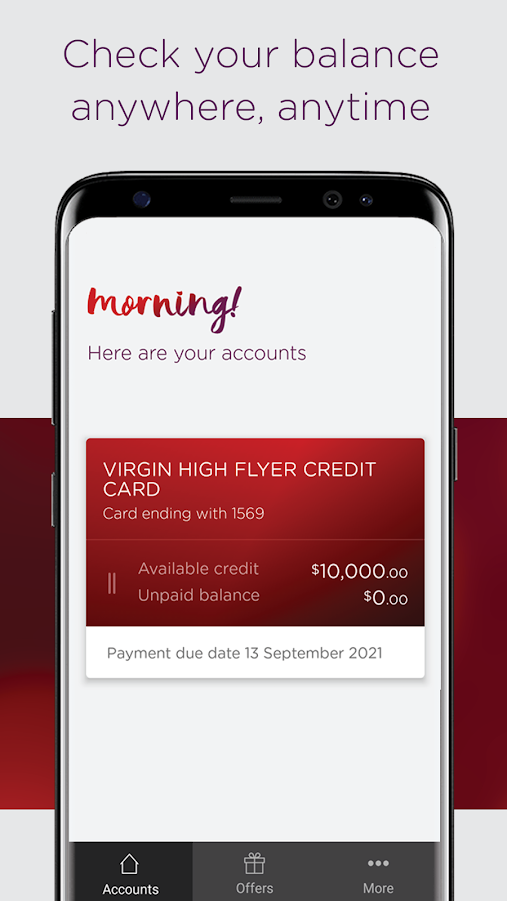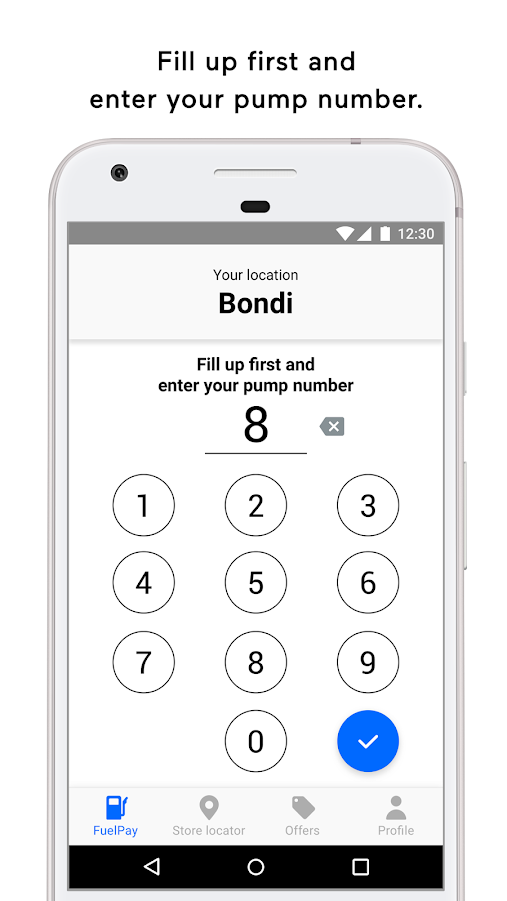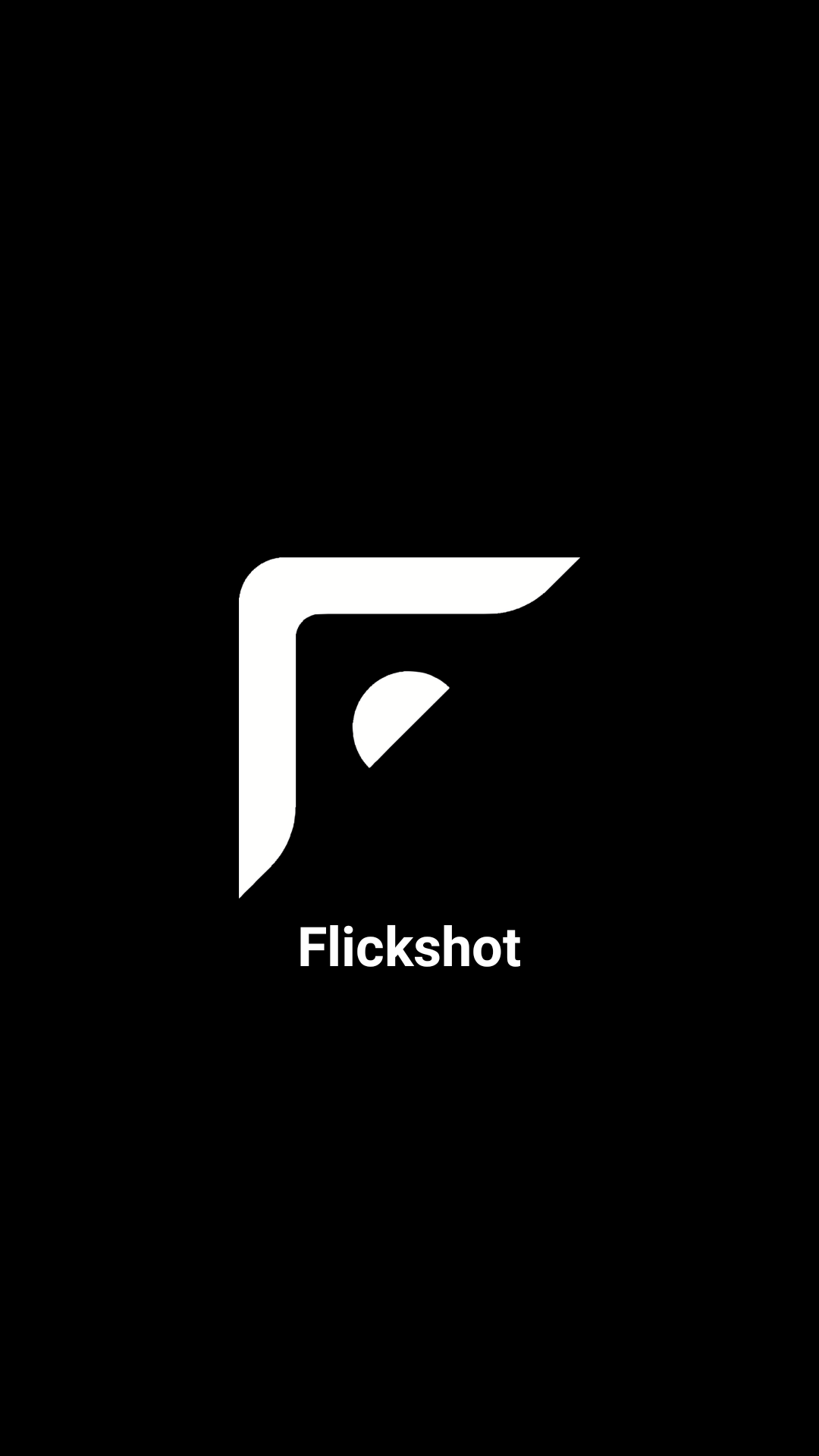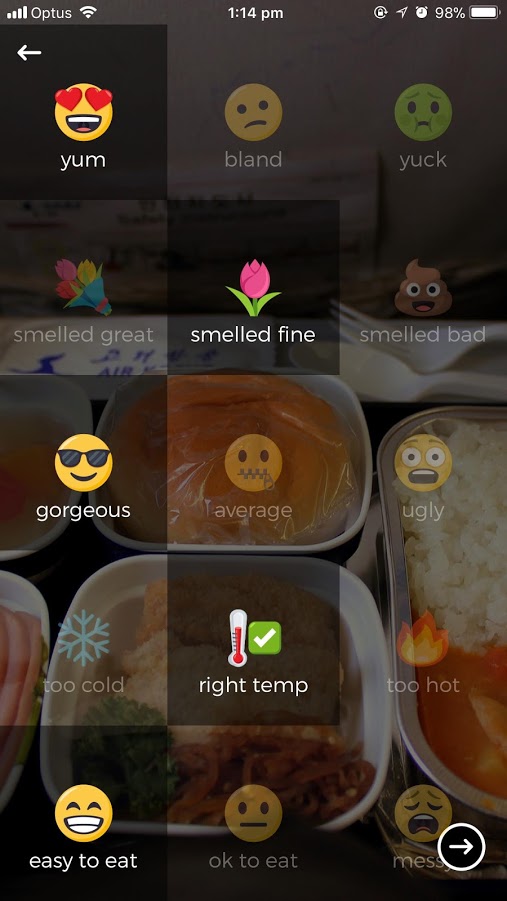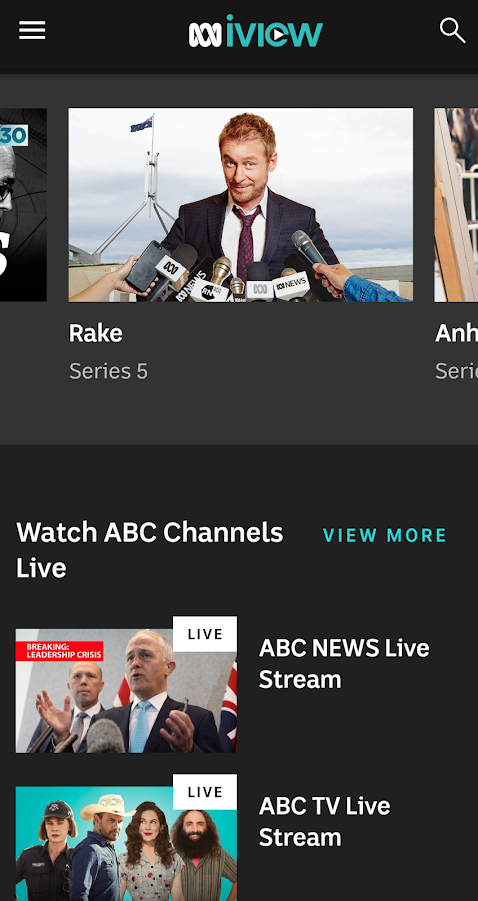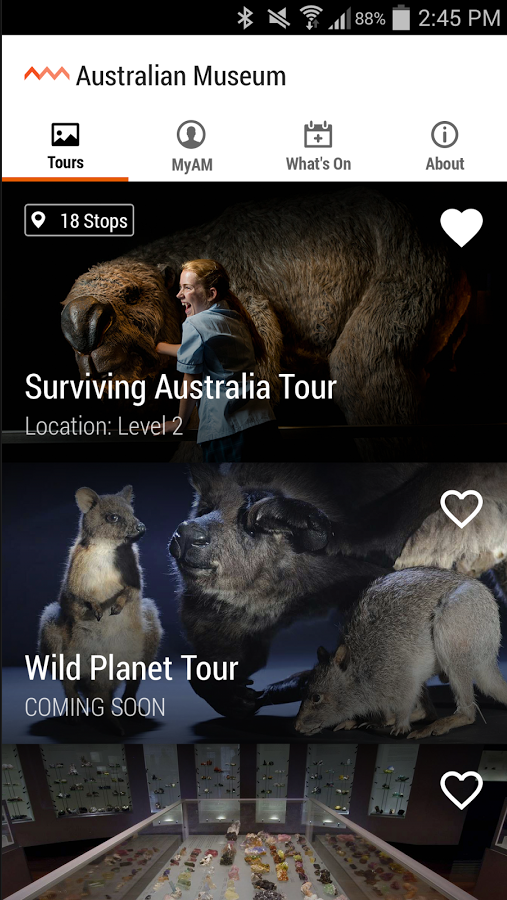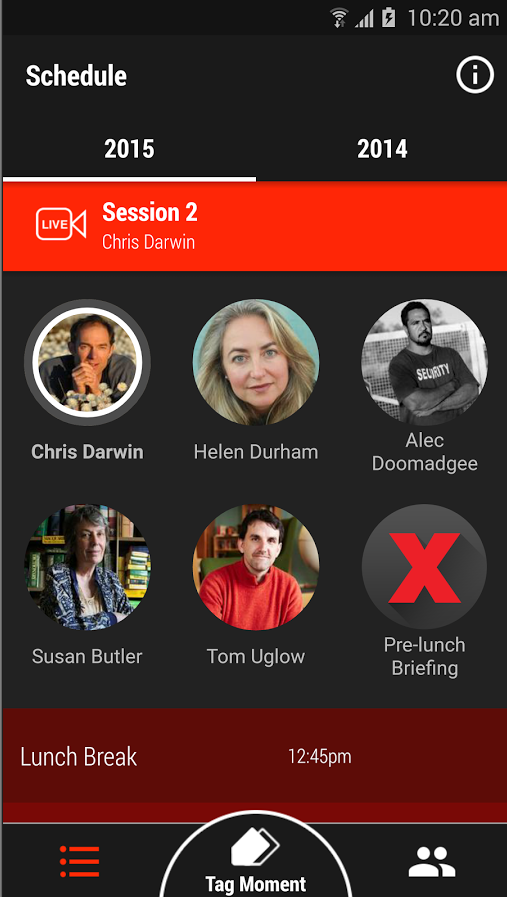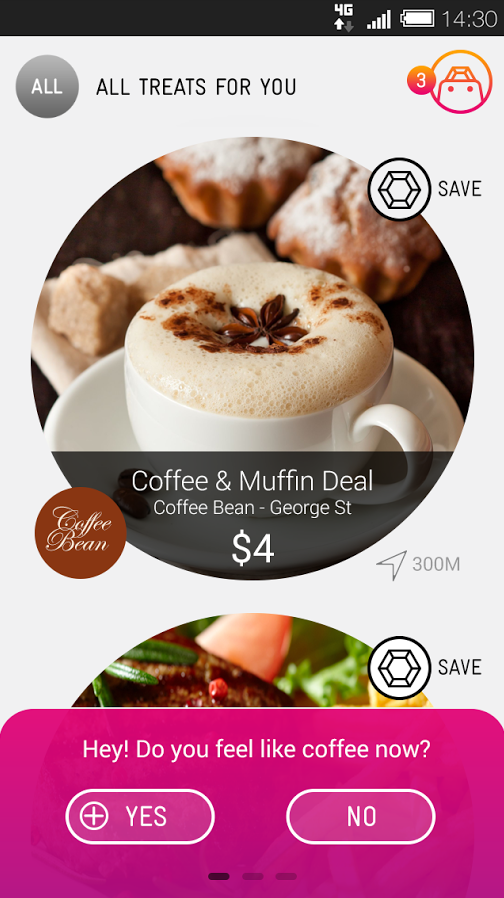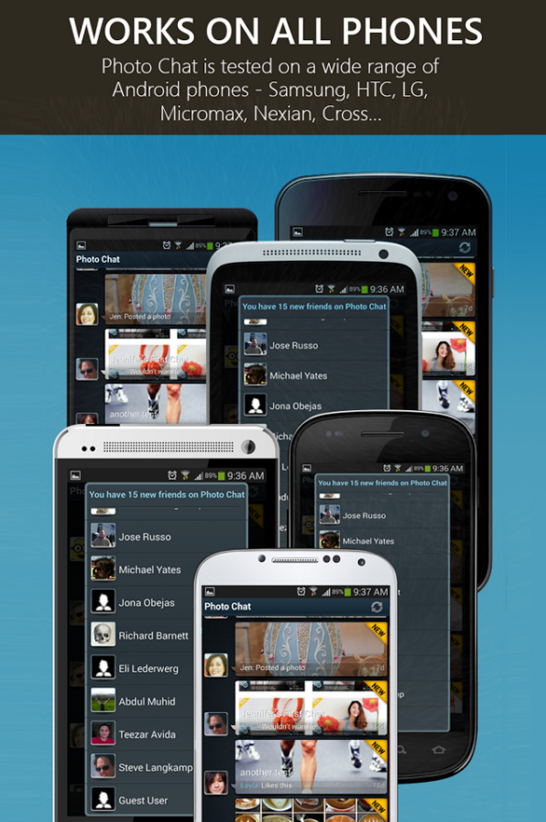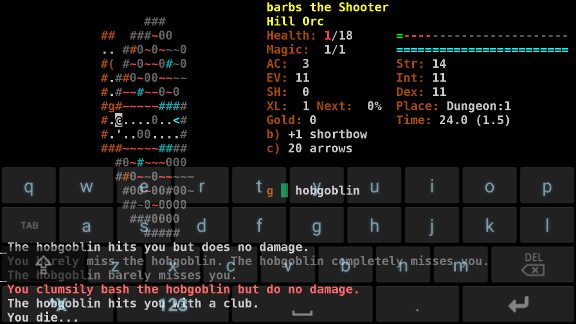My development portfolio
I've been doing professional software development since 2011, mostly specialising in Android apps, though I'm actively interested in exploring other areas. Here are a bunch of things I've worked on, in reverse-chronological order.
Virgin Money - 2018
This was a simple credit-card management app. I worked on the phase 2 features and helped get it over the line.Caltex Australia - 2018
I worked on an app for Caltex (well actually it was more like three apps in one. The main idea is that the user would fuel their car and not have to go into the station to pay for their fuel. They all have terrible reviews because the execution was overly complicated.Flickshot - 2017
This was again a small proof-of-concept app involving the accelerometer and the camera. Basically the app would start recording when you lift the phone up, rather than waiting for you to press a button. Fairly simple. Unfortunately at the time of writing it's been taken off the Play Store.Aeroplate - 2017
This was a small app I made from the ground app for someone on Upwork. Basically it was an airline-food reviewing app. It used Firebase to organise data and user accounts. The user would take a photo of their food, edit the photo with stickers/paint, write a small review, and post it against their account. It was a pretty fun app to work with, and I had to do lots of clever little things to get it all working.ABC iView - 2016
I worked at the ABC for about 6 months. I worked on a few apps, mostly fixing bugs here and there. The biggest thing I worked on was fixing Chromecast in their video-on-demand iView app. The initial implementation was done using an early version of the Chromecast library by an offshore team. Originally there was some sort of partnership with Google so that the Chromecast could release with apps ready to use it in-store. Unfortunately the implementation was very buggy, and a caused a lot of bad reviews to be posted on the Play Store. The Chromecast library had come a long way since it had originally been used in this app, so I stripped out the old implementation and re-implemented it with the new library. I basically just used the provided demo application with some assets and colour scheme changes. At the time of writing it's still using this implementation.Australian Museum (Beaconmaker) - 2015
This was one of a few apps that were based around location-aware content-driven apps. We made similar apps for Central Park and King Street Crawl. The apps were essentially the same app, but the content, images and theming were managed server-side by the client (i.e. Australian Museum). This allowed the content to be much more dynamic than otherwise. Also, the app uses Bluetooth Low-Energy beacons to detect which exhibits you were near and show appropriate information.TEDxSydney (Vivant) - 2014
I was the sole developer on the Android app for TEDx Sydney, working with an iOS developer and a PHP developer. On the surface it was a basic schedule app, showing up-to-date information about speakers that were presenting on the day. When you open the app on the day of the event, however, you were clearly able to see which speaker was presenting at that moment, and you were able to "TAG" moments, which would essentially save a timestamp which you could share publically as a link. Opening this link would take you to the TEDx website, where you could watch the recorded stream of the event from that point forward. Members could also log into the app and view the details of all attendees from past years. This was a really fun project, though sadly it didn't get many downloads.Telstra Treats (Vivant) - 2014
This was the first app I worked on at Vivant. It was an app that sent you personalised offers (read: coupons) based on your age, gender and general preferences. It was a fun project, involving lots of cool animations as well as syncing data with a server that learned your preferences.Photo Chat (Paloma) - 2013
This was a startup creating essentially a lightweight messaging app to be used on low-end phones in developing countries. It was an interesting challenge to keep things lightweight on low-end devices. The aim was to keep the app itself under 1mb in size, and photos were compressed and sent using a queueing mechanism to compensate for spotty mobile connections.Dungeon Crawl: Stone Soup (ASCII) - 2012
This is a port of the ASCII edition of Dungeon Crawl: Stone Soup, a popular open-source roguelike on PC. I made this in my spare time, using code from the ports of Nethack and Angband, sometimes directly and sometimes just as a reference. This was a fun side-project and involved learning about compiling C++ code natively via the NDK. This is arguably my most successful project in that it has the most downloads (about 12000 active downloads at time of writing), though being an open-source project I didn't make any money from it. I still maintain this regularly, usually updating the game when a new version gets released.Social Network app (Myriad Group) - 2012
I worked for this company for about a year until their Sydney branch went under. I was one of two lead Android devs on an app that was released in South America through various phone companies under different names. It was basically an app that consolidated all your social networks server-side and allowed you to view messages from all these networks in one app. The Android app was originally outsourced to a team in China, but it failed to meet the deadline, so they gave it to us to try and complete. Needless to say, the code looked pretty rough!
Tapestry (Tapestry) - 2011
Tapestry was my first programming job out of uni, and was a pretty brutal learning experience! They were a startup focused around creating a product aimed at seniors to help them stay connected with the rest of their family and friends. The product itself consisted of an Android tablet with our app installed, which would present a simple interface to the user. The back-end was writting in Ruby on Rails, and family members could sign up and send messages and photos through whichever interface was easiest for them: email, Facebook, Twitter etc. The company has since pivoted and become Stitch, so the previous app and website are gone, though luckily I managed to capture a snapshot back when I was still on the about page!
